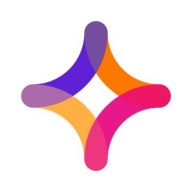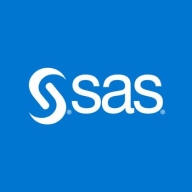

SAS Access and Jitterbit Harmony compete in the data integration tools category. Jitterbit Harmony has a slight edge due to its robust feature set, making it a worthwhile investment given current data comparisons.
Features: SAS Access integrates seamlessly with SAS software, supports a wide range of data sources, and handles complex data management tasks. Jitterbit Harmony offers strong ETL capabilities, streamlines workflows with powerful API integration features, and supports a broader scope of integration needs.
Ease of Deployment and Customer Service: SAS Access provides swift deployment within SAS ecosystems and strong support for integration. Jitterbit Harmony offers cloud-based solutions with a broader range of support services, providing flexibility and scalability in deployment. Customers find Jitterbit Harmony's deployment model adaptable for diverse IT environments.
Pricing and ROI: SAS Access offers competitive pricing with significant ROI for SAS-centric environments. Jitterbit Harmony may require higher initial costs, but it offers substantial ROI due to extensive integration capabilities and flexibility, making it a valuable long-term investment.


Jitterbit Harmony is a comprehensive platform for data integration and API management, enabling seamless synchronization and automation across cloud-based and on-premises applications.
Users leverage Jitterbit Harmony to integrate systems like ERP and CRM applications, simplifying complex data workflows and enhancing automation. It supports efficient data migration and ensures smooth connectivity, handling diverse integration needs and helping streamline business processes. Users emphasize its drag-and-drop functionality and extensive templates, which contribute to its robust performance. However, improvements are needed in data mapping, error message clarity, and documentation, especially when dealing with large data volumes.
What are the key features of Jitterbit Harmony?Companies across retail, manufacturing, healthcare, and finance sectors use Jitterbit Harmony to integrate critical applications and automate workflows. In retail, it connects inventory systems with sales platforms, reducing manual effort. Manufacturers sync their ERP systems with supply chain software, optimizing operations. Healthcare organizations integrate patient management systems with insurance databases, streamlining patient care. Financial institutions use it to connect accounting software with banking systems, ensuring real-time financial data exchange.
We monitor all Data Integration reviews to prevent fraudulent reviews and keep review quality high. We do not post reviews by company employees or direct competitors. We validate each review for authenticity via cross-reference with LinkedIn, and personal follow-up with the reviewer when necessary.